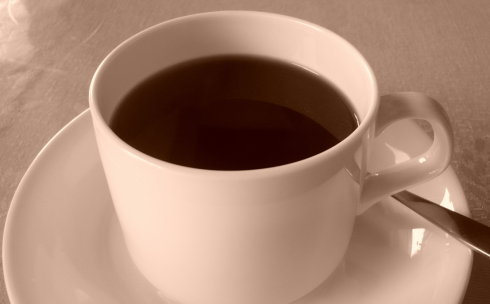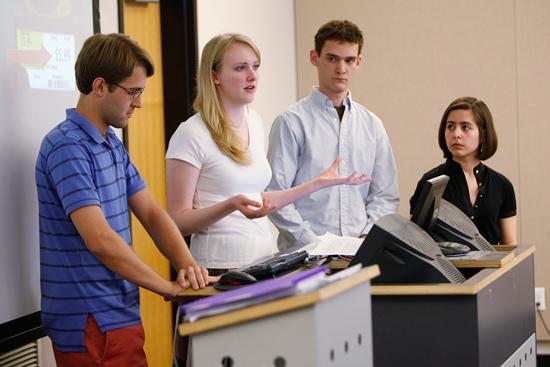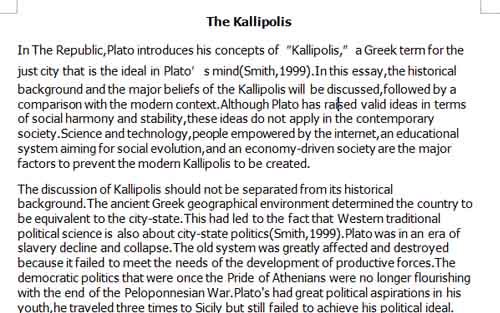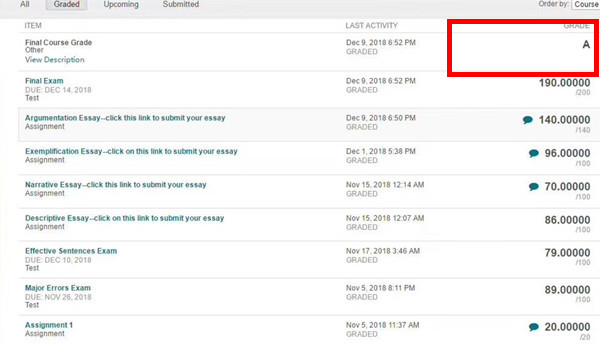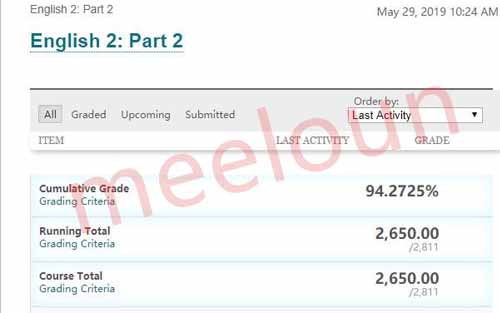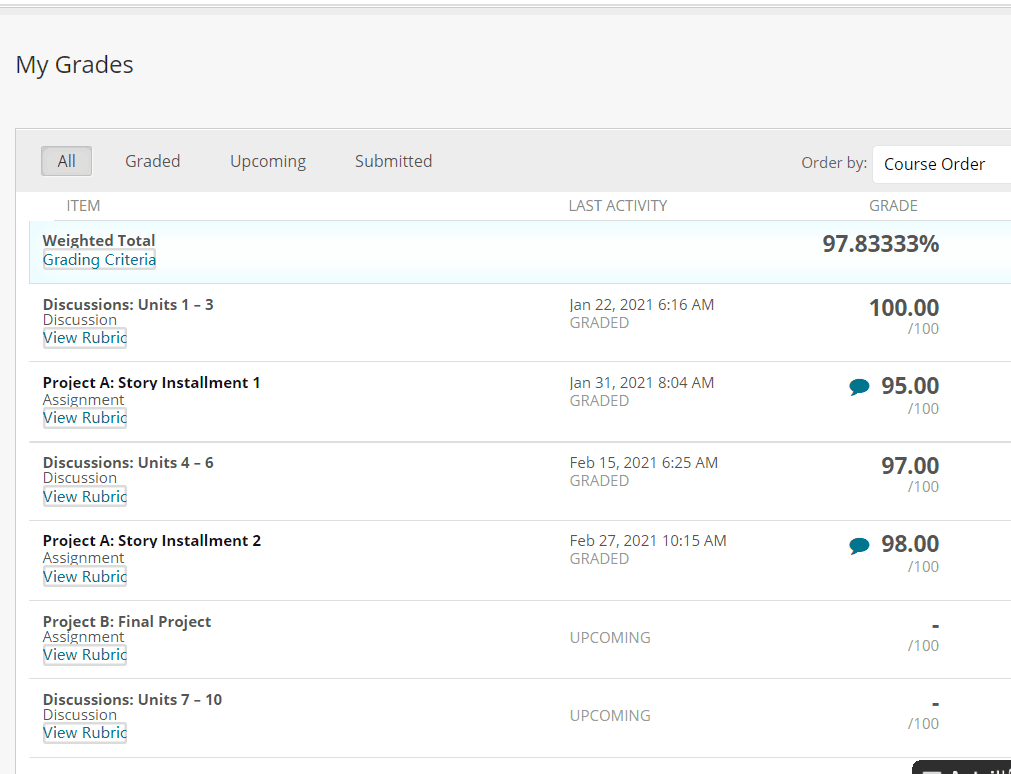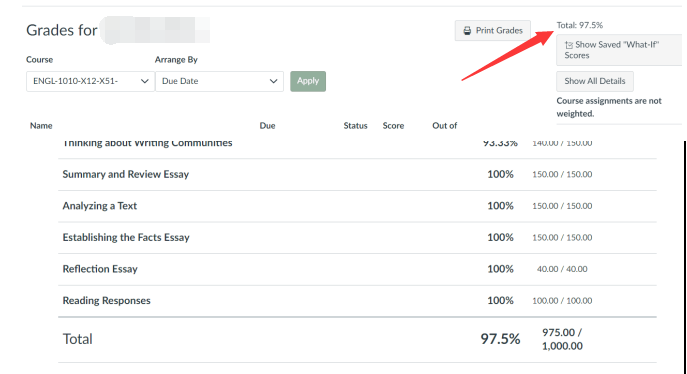本文是一篇Essay代写范文,题目为Use of Montage in documentary films,本文将重点讨论蒙太奇在纪录片这一典型电影类型中的运用。
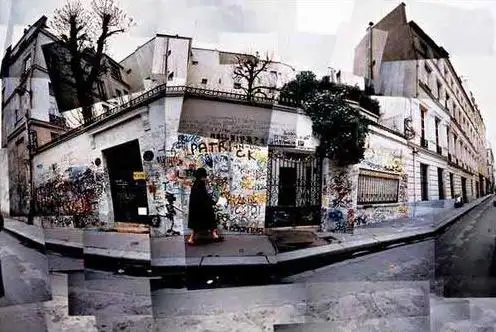
As a form of public art, filming has taken an important role in people’s daily life for entertaining and other various purposes. Through collecting and editing a series of images and sounds, films show and create scenes, emotions, and thoughts to their audience through a screen. Montage, as referring to all editing techniques speaking broadly, has been widely used in filming. Through editing and reorganizing images and scenes, film makers presents and constructs whole comprehensive stories. In other words, meaning of a film does not come from one single image, but Montage techniques bring single scene into meaning and life (Li, 2013). This paper will be focused on the use of Montage in one of the typical film type: documentary films.
作为一种公共艺术形式,电影在人们的日常生活中扮演着重要角色,用于娱乐和其他各种目的。通过收集和编辑一系列图像和声音,电影通过屏幕向观众展示和创造场景、情感和想法。蒙太奇是指广义上的所有编辑技巧,在电影中被广泛使用。电影制作人通过对图像和场景的编辑和重组,呈现和构建完整的综合故事。换句话说,一部电影的意义并不是来自于一个单一的图像,而是蒙太奇技术将单一的场景带入了意义和生活(李,2013)。本文将重点讨论蒙太奇技术在纪录片这一典型电影类型中的运用。
A documentary film is a nonfictional film type, and emphasizes aspects of document “reality” primarily for history recording or education purposes. Although forms of documenting have been developed and changed, the reality aspect stays in documentary films. It is common to assume or expect that documentary films present information and images with no subjective emotion. However, audience will have no time to review the whole materials, and it is hard for editing to exclude any emotion or attitude stance. Therefore, it is acknowledged that ways of presenting and organizing images may greatly influence audience reception on a film, and that with the primary purpose of documenting and recording, use of Montage is not excluded in documentary films (Bu, 2017). In this paper, both advantages and concerns of embracing Montage in documentary films will be discussed.
First of all, use of Montage techniques frees filmmakers and audiences from restriction of time. In primitive film making, when there was no editing technique, audiences had to watch a film story from its beginning to ending. It would greatly limit both quantity and quality of content presenting of a film. For example, when document how corns are cultivated in a farm, Montage techniques allow filmmakers to select what they want to present to audience from collected one-year materials. Also, editing would help to highlight the part that the film makers wanted to emphasize. To illustrate this time advantage, a well-known documentary series, “Planet Earth”, might be a great example. For example, in “Wild Russia Siberia”, one episode from “Planet Earth 2”, it is shown how animals find food for winter and extreme weathers through editing and changing scenes between warm and cold weathers.
Second advantage of using Montage in film making lays in space limitation. Through editing and cutting scenes, multiple story settings are allowed to be shown in one film. Without that, space would greatly limit content of films. For example, in a documentary film about ecosystem in tropical rainforests, editing allows to compare and contrast rainforests around the world so as to provide a full picture. From an audience’s perspective, a documentary film that covers more comprehensive information and knowledge will be not only more comprehensive but also interesting and engaging. Therefore, Montage techniques could help to promote and demonstrate a documentary film’s theme through including more related information. “A Bite of China” is a Chinese documentary series about history of traditional Chinese food and history about food and eating. This documentary series achieved high ratings from audience and received widespread popularity for it not only introduced Chinese food to the world but also brought memories back to Chinese people. The successful use of Montage in “A Bite of China” could be considered as an important and necessary part for its success. For example, in one episode about Chinese breakfast, it introduced a number of traditional breakfast from different regions in China such as Wuhan, Hangzhou, Shanxi, and etc.,. Considering that Chinese people show a great diversity in food taste according to regions, Montage editing technique broke the limitation of space and ultimately showed the theme of food in that documentary series.
Besides the advantage of time and space, Montage techniques help to lead audience to focus on what film makers want to show. In other words, Montage helps with the audience reception of a film. Without editing techniques, filming may be not so much different from hard facts and it may be of little aesthetic power which may confuse audience about a film’s theme and content. Although film appreciation could be an open ended and subjective issue, a certain degree of leading to theme might be necessary. Therefore, with the use of changing time and space among scenes, film makers could highlight the theme and lead audience to appreciate the theme. For example, in a scene to show how a lion preys on an antelope, by switching the screen focus between the lion and the antelope, a sense of tension in wild environment could be shown. It could bring audience to the feeling of being in a wild, danger, and natural environment where most audiences will never have opportunity to experience. From my personal perspective, this experience creating function is a part of being knowledgeable as well as other hard facts illustration.
Admittedly, there might be concerns of the use of Montage techniques in filming, especially when documentary films are carrying on more and more functions and purposes. There is fair concern that techniques of editing may twist the truth content of documentary films. However, it does not mean that Montage filming techniques should be eliminated in documentary films. On the contrary, Montage could be of particular importance for documentary films. Under good control and use, Montage techniques could facilitate documentary films’ theme illustration.
诚然,人们可能会担心在拍摄中使用蒙太奇技术,尤其是当纪录片具有越来越多的功能和目的时。人们相当担心,编辑技巧可能会扭曲纪录片的真实内容。然而,这并不意味着蒙太奇拍摄技术应该在纪录片中被淘汰。相反,蒙太奇在纪录片中可能特别重要。在良好的控制和使用下,蒙太奇技术可以促进纪录片主题的阐释。
以上就是本篇Essay范文全部内容,欢迎阅读,范文内容和格式仅供留学生参考学习,不得抄袭,如有Essay代写需要,请咨询网站客服。


